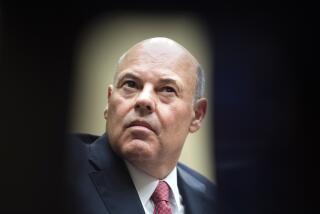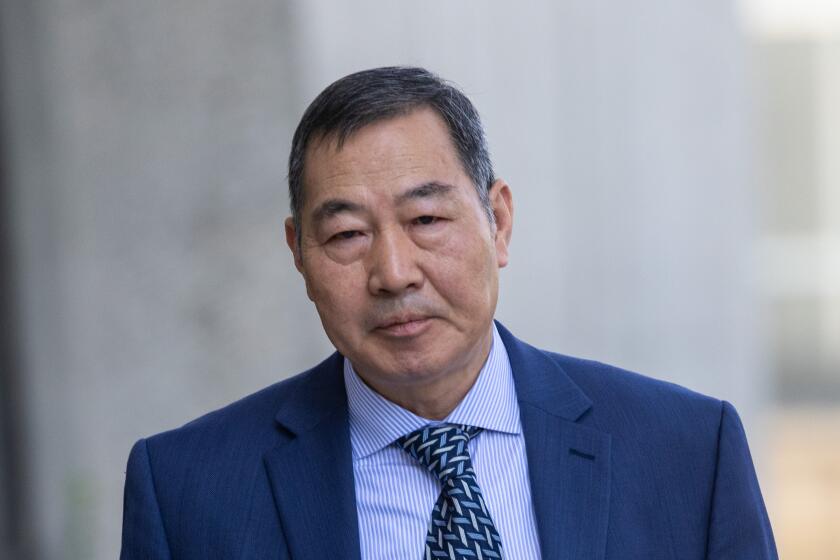Fed policymakers split on handling of stimulus measures
Federal Reserve policymakers, with a nod to the recent strengthening of the economy, still see a modest recovery this year -- one that will bring only a “slow improvement” in the nation’s severe unemployment problem.
“The weakness in labor markets continued to be an important concern to meeting participants, who generally expected unemployment to remain elevated for quite some time,” according to a summary of the central bank’s last policy meeting Dec. 15-16.
The meeting minutes, released Wednesday with the usual three-week lag, suggest Fed members are in no hurry to raise short-term interest rates, which have been held at near zero since December 2008. And many analysts don’t think policymakers will shift course on the benchmark rates until late this year.
But the minutes reflect a growing split among Fed members about how to handle some of its emergency stimulus measures. In March, the central bank is scheduled to complete its purchase of $1.25 trillion in mortgage-backed securities. The program has helped lower mortgage rates and prop up home lending after the financial crisis and housing bust.
A few Fed members, concerned about the effect of pulling back on the purchases too soon, indicated at the meeting that a weak recovery could warrant expanding the program. But one member, noting the improvement in the economic outlook and financial markets, argued that perhaps it should be scaled back.
The central bank’s so-called Federal Open Market Committee currently has 10 members, including Fed Chairman Ben S. Bernanke. The minutes do not identify who said what during the two-day policy-setting meeting. But differences have been emerging in the Fed on the risks of inflation.
“On one side are FOMC members who are more worried about the high unemployment rate and less worried about inflation,” wrote Augustine Faucher, an analyst at Moody’s Economy.com, in an analysis of the meeting minutes. “They look at all of the excess capacity in the economy” -- such as unemployed workers and unutilized factory resources -- “and state that this will keep inflation under control.”
But on the other side, he said, at least one Fed member wants the Fed to move faster in cutting back its stimulus programs and holdings to reduce the risk of long-term inflation.
Since the financial crisis, the central bank’s balance sheet has more than doubled to about $2.2 trillion. Bond investors, among others, fear too much money will get into the real economy and fuel inflation.
Aside from disagreements on inflation, Fed officials as well as private economists hold varying views on what might ensue after the central bank ends its purchases of mortgage-backed securities.
David Crowe, chief economist at the National Assn. of Home Builders, doesn’t think mortgage rates will surge once the central bank lets its program expire, as many other analysts do. And if it did, he says, the Fed could dive right back into the mortgage market.
But others worry that a jump in mortgage rates could threaten the fragile housing recovery. Despite some signs of stabilizing sales and prices, Fed policymakers expressed concerns in the meeting about the risk of more foreclosures and the wind-down of the federal tax credit for home buyers.
The minutes show that Fed officials have become slightly more upbeat about the economy, noting that the recovery “was gaining momentum.” Stronger data this week on factory activity support forecasts that the economy posted solid growth in the final quarter of last year. But Fed policymakers and many private economists see much weaker growth this year, in part because of the weak labor market.
The U.S. unemployment rate was 10% in November. When the government reports the December jobless rate Friday, most analysts expect it will show a slight increase to 10.1%.
More to Read
Inside the business of entertainment
The Wide Shot brings you news, analysis and insights on everything from streaming wars to production — and what it all means for the future.
You may occasionally receive promotional content from the Los Angeles Times.










